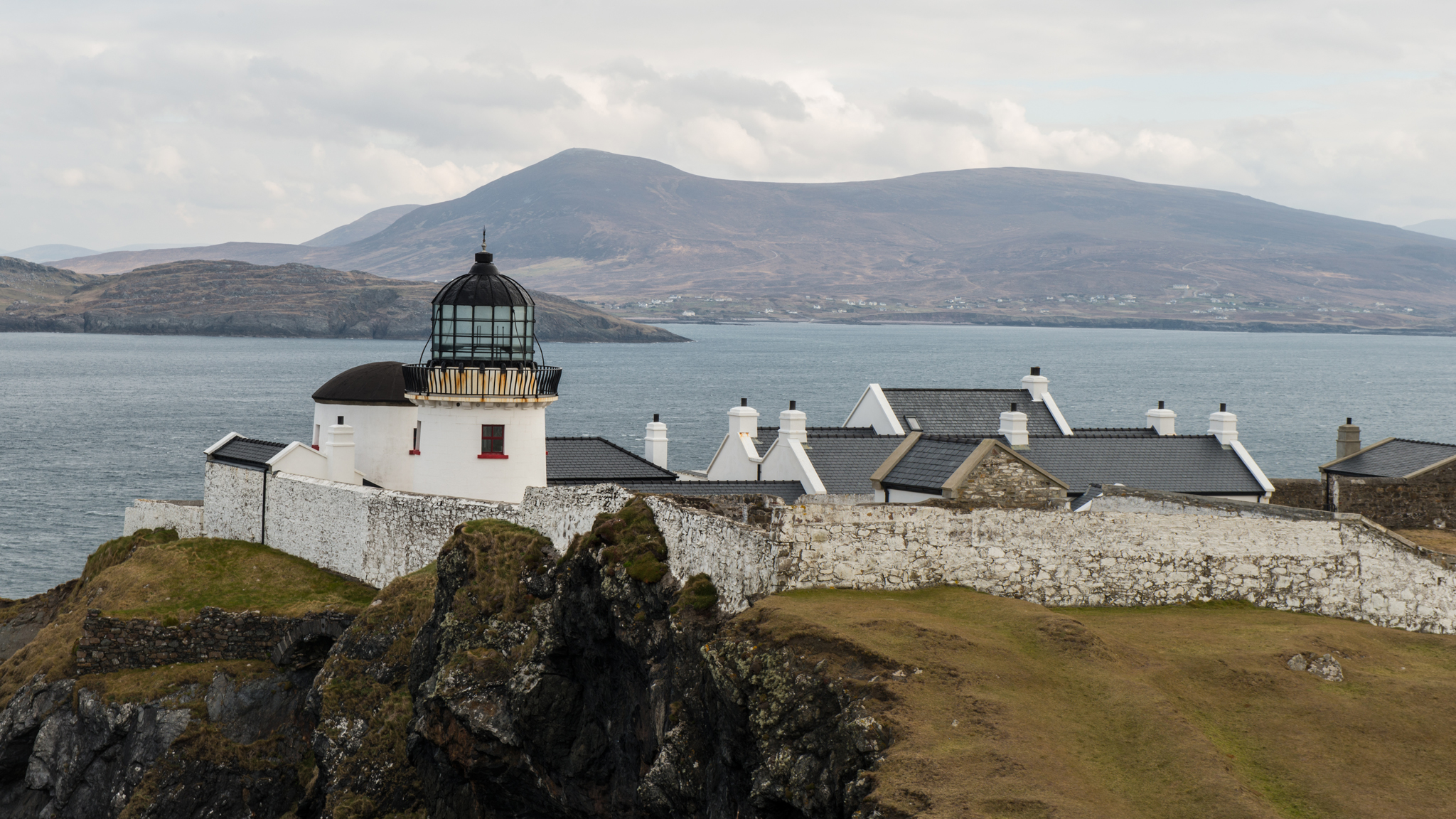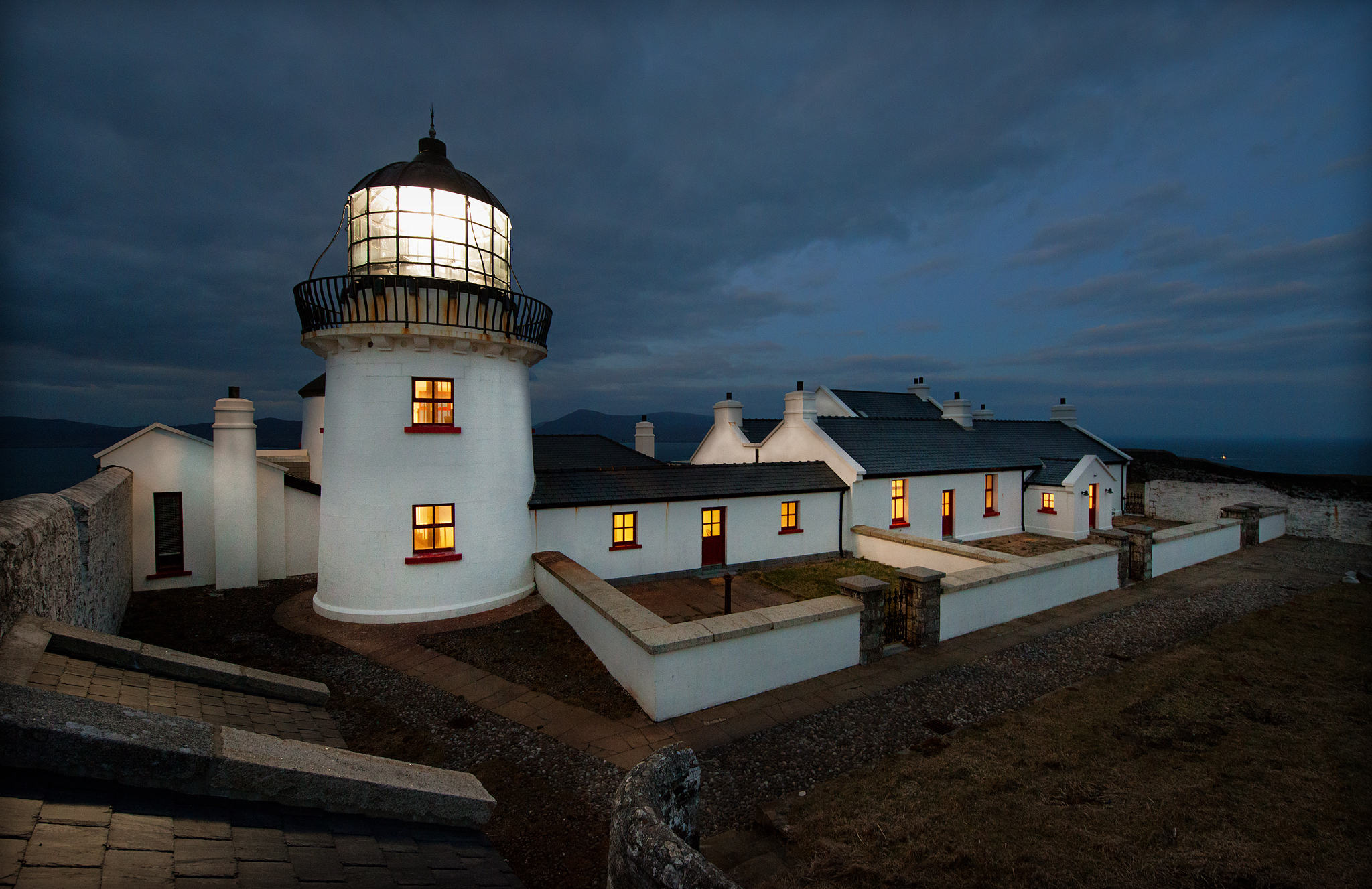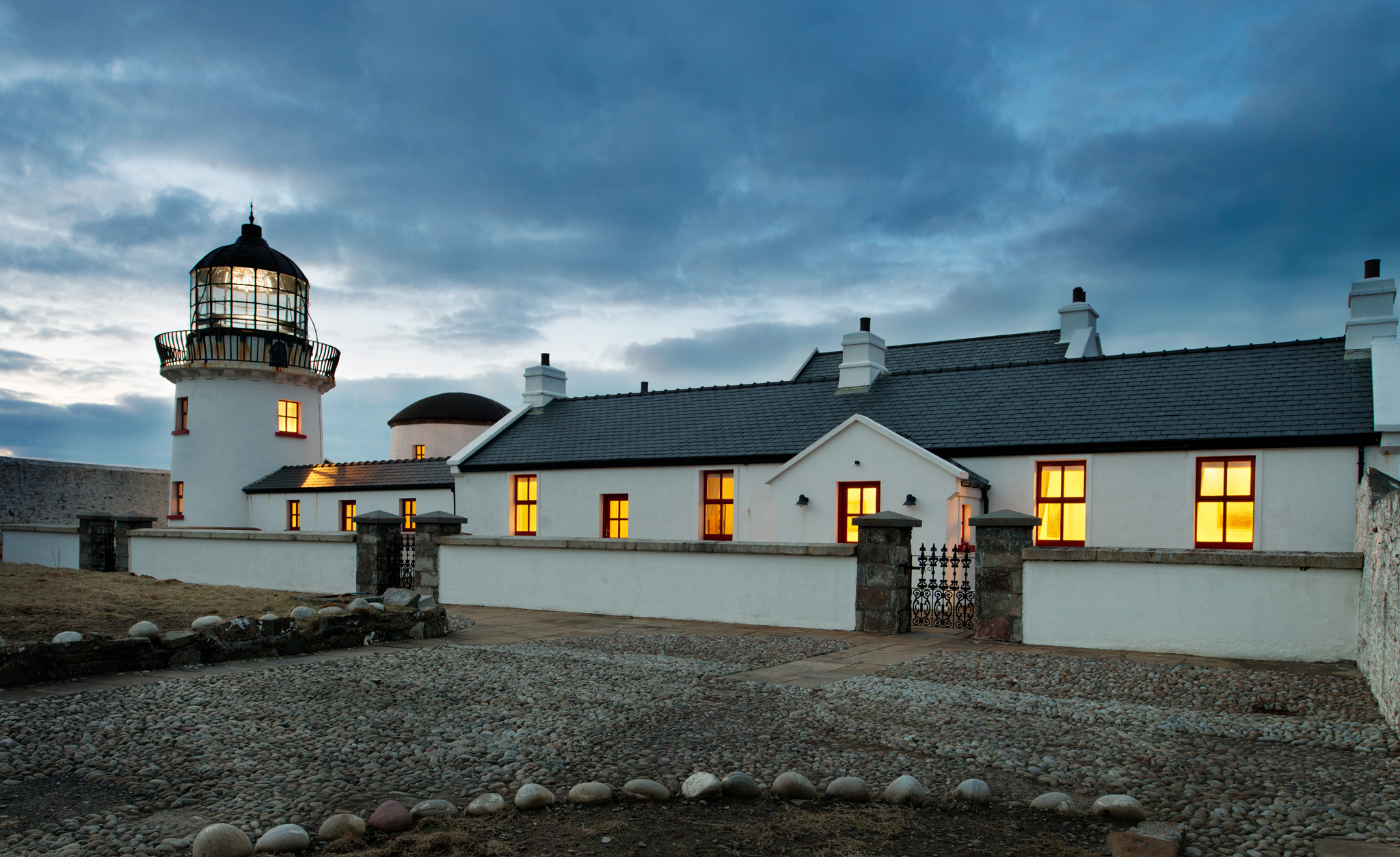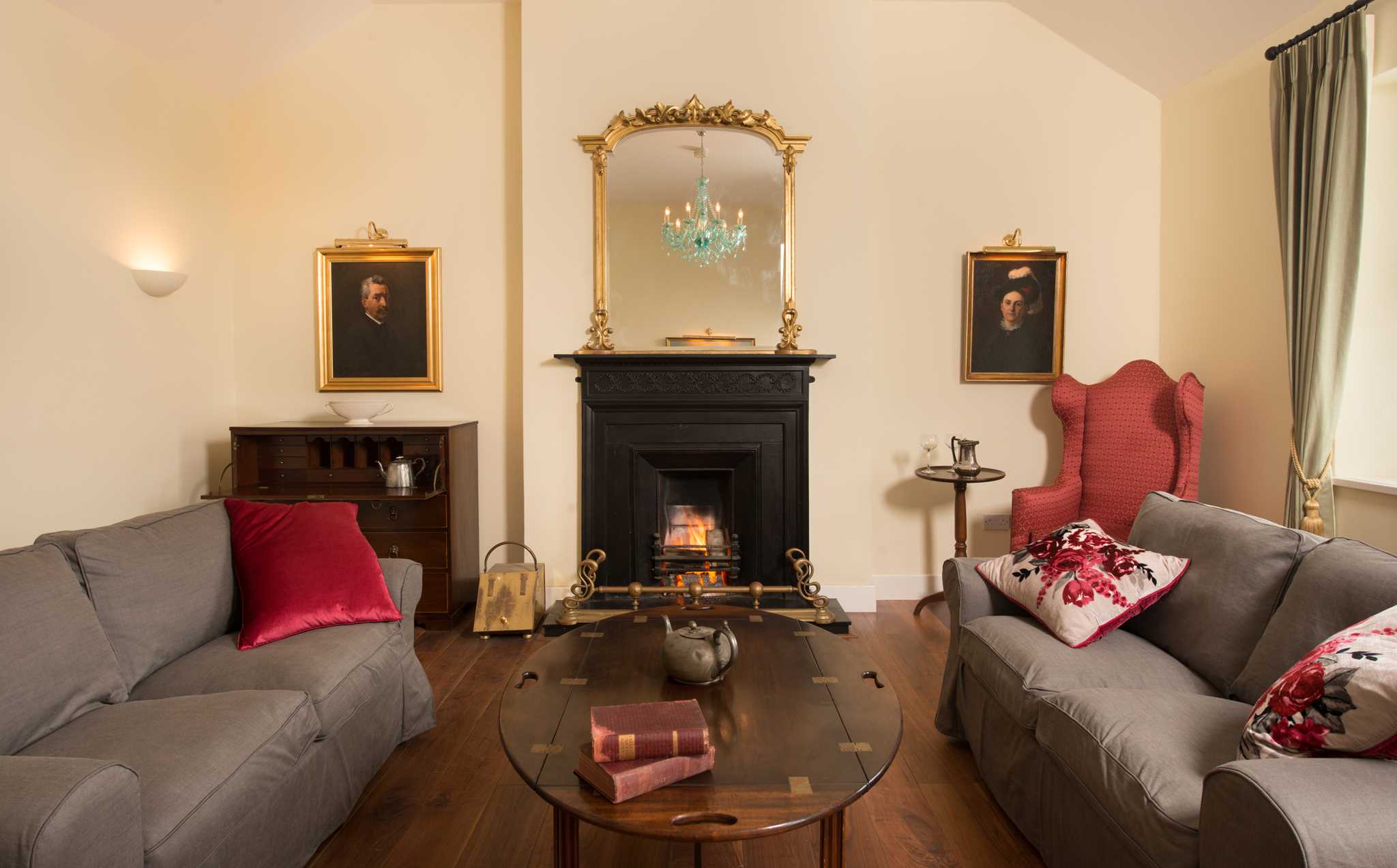Islanders are exceptionally proud of their rich heritage and history. Glimpses of Clare Island’s intriguing past are evident at every turn; across the island there are traces of past generations everywhere.
Clare Island has a long history of habitation dating back to, at least, 3500 B.C. Pre the Great Irish Potato Famine (1845 – 1852) the island’s population peaked at 1700 in 1841. The famine brought great hardship, death and emigration reducing the population by half. Today old potato ridges or ‘lazy beds’ are to be seen everywhere: the evening sun reveals them jutting out from the land like the rib cages of some dying beast.
Clare Island Lighthouse is sited on the most northerly point of the island, high on the cliffs. Built in 1806 by the Marquis of Sligo, the lighthouse did its duty for seven years until a fire, in September 1813, destroyed the lantern and part of the tower.
A temporary light was set up until a new tower and Keeper’s dwelling were built; the new lantern tower was built and commissioned toward the end of 1818. The cylindrical, masonry Lantern Tower is 118 metres (387 ft) tall and 11 metres (36 ft) across. The lighthouse is unique in that it’s the only two-towered lighthouse in Ireland. The Lighthouse was decommissioned in 1965, after 159 years of faithful service, because, ironically, it is so high on the cliffs it was often shrouded in mist! The current owner bought the property in 2008 & has sensitively and expertly renovated the buildings including the original lighthouse tower.
At the western point of Clare Island, at Tuar Mor, lie the ruins of a signal tower, built in 1804, as an answer to the impending threat of a Napoleonic invasion during the Napoleonic Wars (18 May 1803 – 20 November 1815). The Clare Island tower forms part of a whole network of towers along the coast of Ireland. These towers were central to the early 19the century communication and alert system. A signal could travel 1,076km along the coast. The line of towers along the coast, often in remote locations, were build, refurbished and staffed between 1804 and 1806. After Napoleon’s defeat in Waterloo in 1815, the threat of a French invasion decreased significantly and most towers were abandoned due to their high maintenance costs and lack of use. The next tower to the north is on Achill Island.
Today Clare Island boasts a rich cultural heritage witnessed through its many craftspeople, artists, musicians and dancers. Island traditions such as basket weaving, currach making and traditional farming are still observed.
You might also enjoy:
The Fascinating History of Barberstown Castle
16 Unique Places to Stay on Ireland's Wild Atlantic Way



